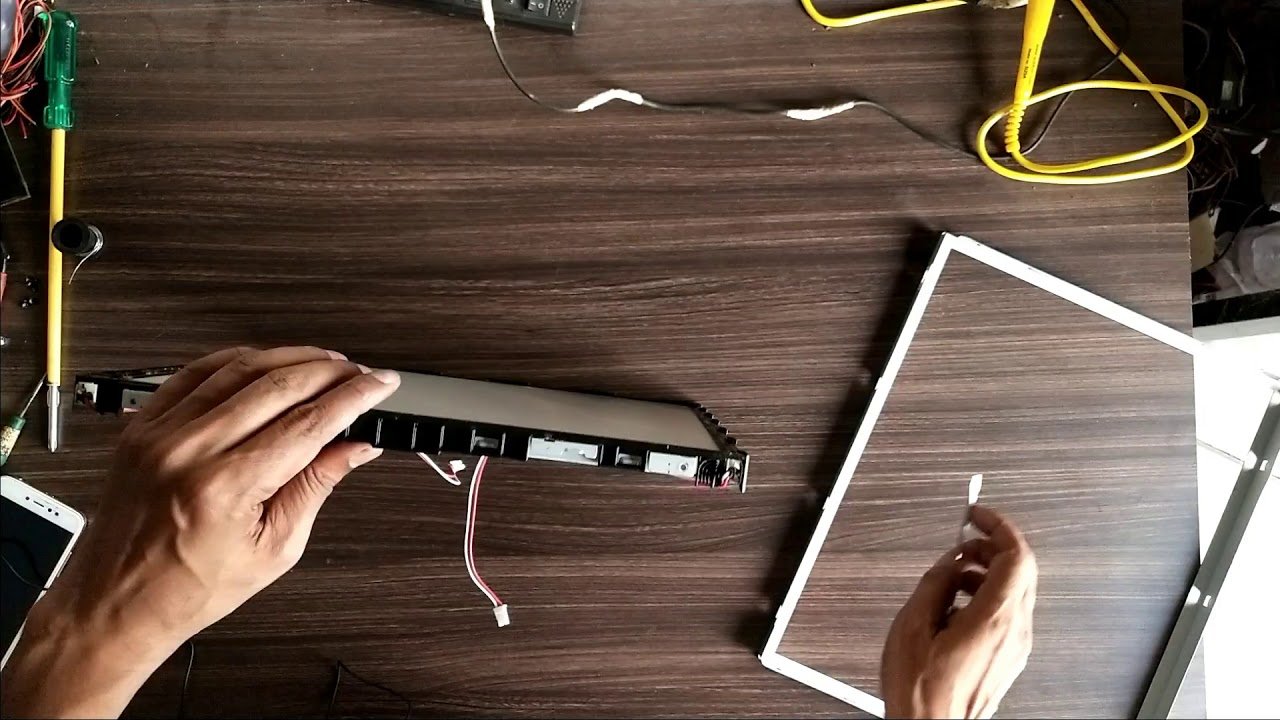In today’s world of cutting-edge technology and innovative design, LED panels have become a game-changer in the realm of lighting. From sleek office spaces to stylish homes, LED panels offer an array of benefits including energy efficiency, versatility, and aesthetic appeal. Whether you’re a designer looking to incorporate LED panels into your next project or a homeowner considering an upgrade, understanding the fundamentals of LED panel design is key to making informed decisions. Here’s everything you need to know about LED panel design.
Understanding LED Panels
LED panels are flat lighting fixtures that use Light Emitting Diodes (LEDs) as their light source. They are known for their slim profile and uniform light distribution, making them an ideal choice for both ambient and task lighting. LED panels come in various sizes, shapes, and configurations, which can be customized to fit different design needs.
Benefits of LED Panels
Energy Efficiency: One of the most significant advantages of LED panels is their energy efficiency. LEDs use up to 80% less energy compared to traditional incandescent bulbs, which can significantly reduce electricity bills.
Longevity: LED panels have an impressive lifespan, often lasting up to 50,000 hours. This longevity reduces the frequency of replacements and maintenance costs.
Uniform Light Distribution: Unlike traditional lighting that can create harsh shadows and uneven lighting, LED panels provide a consistent and uniform light spread. This feature is particularly beneficial for workspaces, kitchens, and retail environments.
Design Flexibility: LED panels are incredibly versatile in design. They can be installed in various configurations, including recessed, surface-mounted, or suspended, allowing for creative and functional lighting solutions.
Key Design Considerations
Brightness and Color Temperature: LED panels come in different brightness levels and color temperatures. Choosing the right combination depends on the space and its intended use. For example, cooler color temperatures (4000K-5000K) are suitable for offices and work environments, while warmer temperatures (2700K-3000K) create a cozy atmosphere in living spaces.
Size and Shape: LED panels are available in various sizes and shapes, including square, rectangular, and round. The choice of size and shape should align with the room’s dimensions and the desired lighting effect.
Dimming and Controls: Many LED panels offer dimming capabilities and advanced control options, such as smart controls and remote dimmers. These features provide flexibility in adjusting lighting levels to suit different moods and activities.
Installation and Maintenance: Proper installation is crucial for optimal performance. LED panels should be installed according to manufacturer guidelines to ensure efficient operation and longevity. Additionally, while LED panels require minimal maintenance, regular cleaning and occasional checks are recommended to maintain their performance.
Innovative Applications
Office Spaces: In modern offices, LED panels enhance productivity by providing clear, uniform lighting that reduces eye strain. They can be integrated into ceiling tiles or used as part of a suspended system for a contemporary look.
Retail Environments: LED panels are widely used in retail settings to highlight products and create an inviting ambiance. Their ability to produce bright, even lighting makes them ideal for showcasing merchandise and creating attractive displays.
Residential Use: Homeowners can use LED panels to achieve a sleek and modern aesthetic. From kitchen lighting to living room accents, LED panels offer versatility and style.
Healthcare Facilities: In healthcare settings, LED panels contribute to a well-lit environment that promotes patient well-being and supports medical staff in performing their duties effectively.
Future Trends in LED Panel Design
Integration with Smart Technology: The future of LED panel design is leaning towards smart technology integration. Features such as voice control, automated scheduling, and adaptive lighting are becoming increasingly popular.
Sustainability: As sustainability becomes more important, LED manufacturers are focusing on eco-friendly materials and processes. Recyclable components and reduced environmental impact are key considerations in the development of new LED panel products.
Customization and Aesthetics: Customizable LED panels are on the rise, allowing designers and homeowners to create bespoke lighting solutions that match their unique preferences and requirements.
Conclusion
LED panel design offers a wealth of opportunities for enhancing lighting in various settings. With their energy efficiency, longevity, and design flexibility, LED panels are an excellent choice for modern lighting solutions. By understanding the key aspects of LED panel design, you can make informed decisions that will brighten up your space and elevate its aesthetic appeal. Whether you’re designing a new office, updating your home, or exploring innovative applications, LED panels are sure to illuminate your path to stylish and effective lighting.
